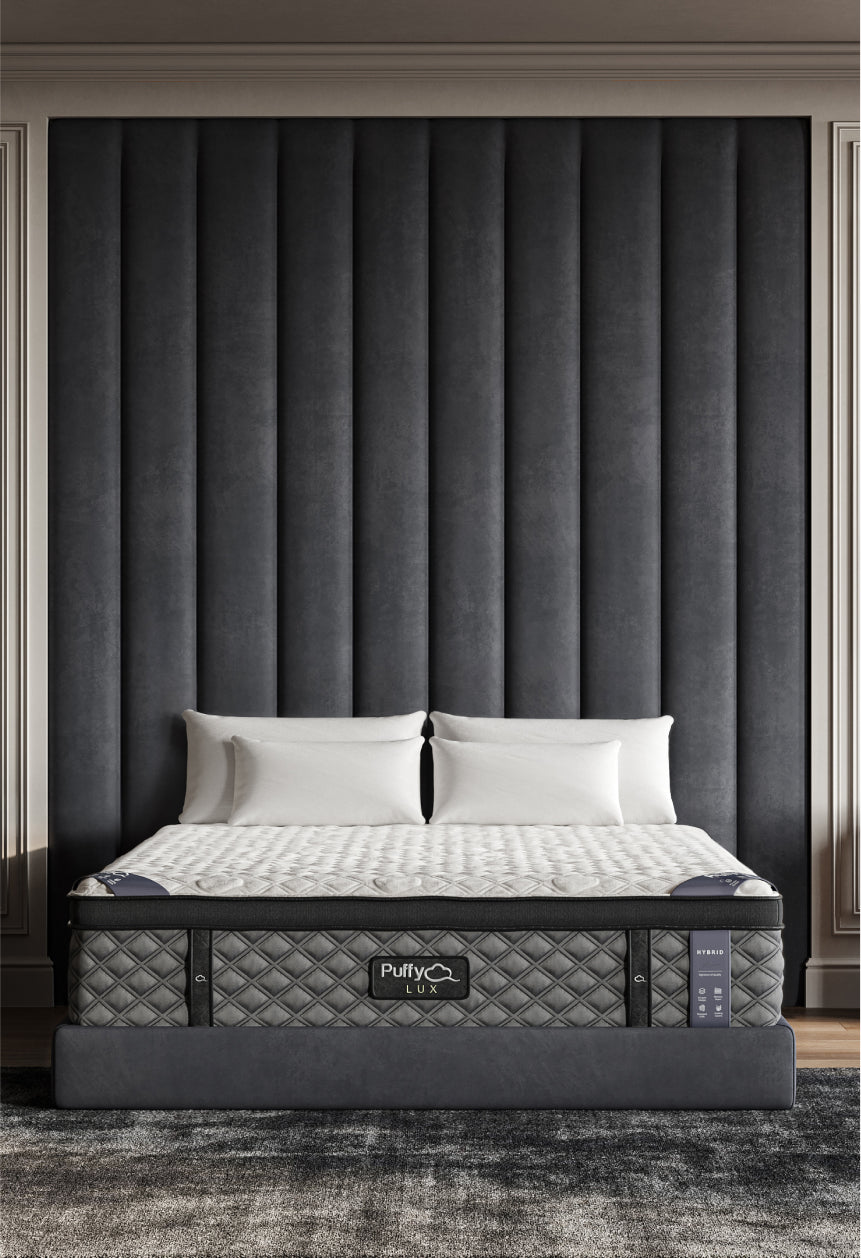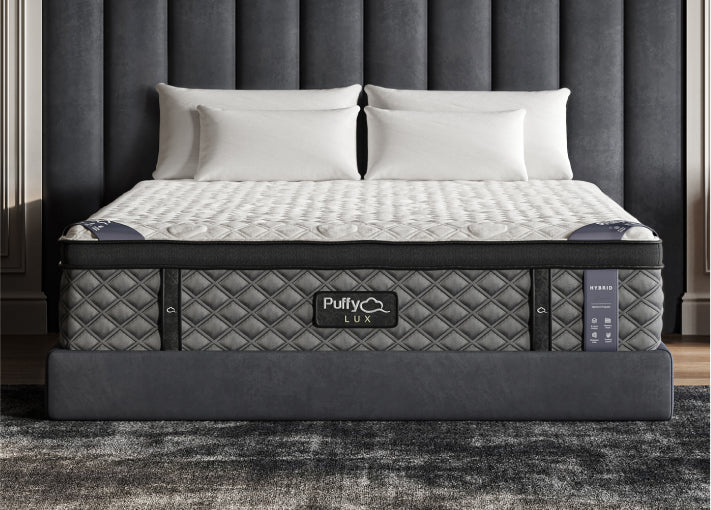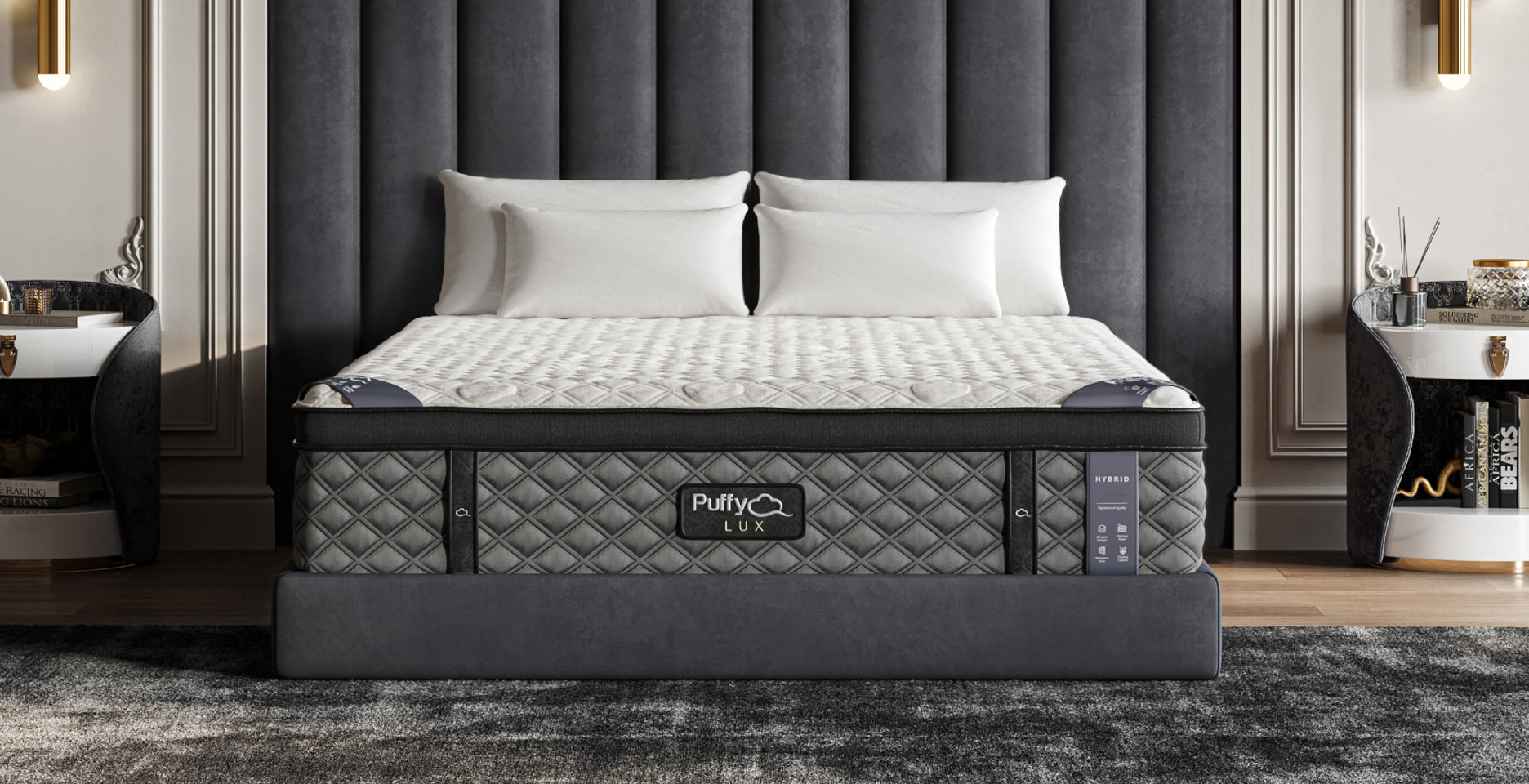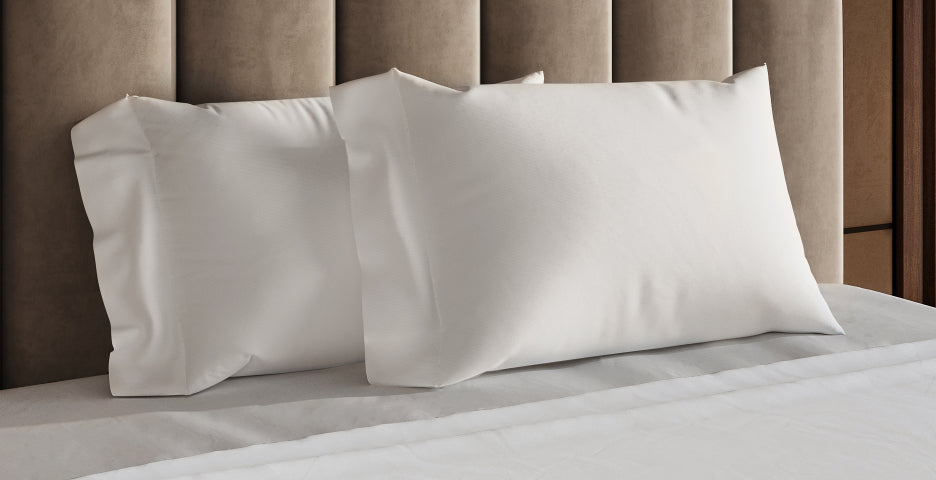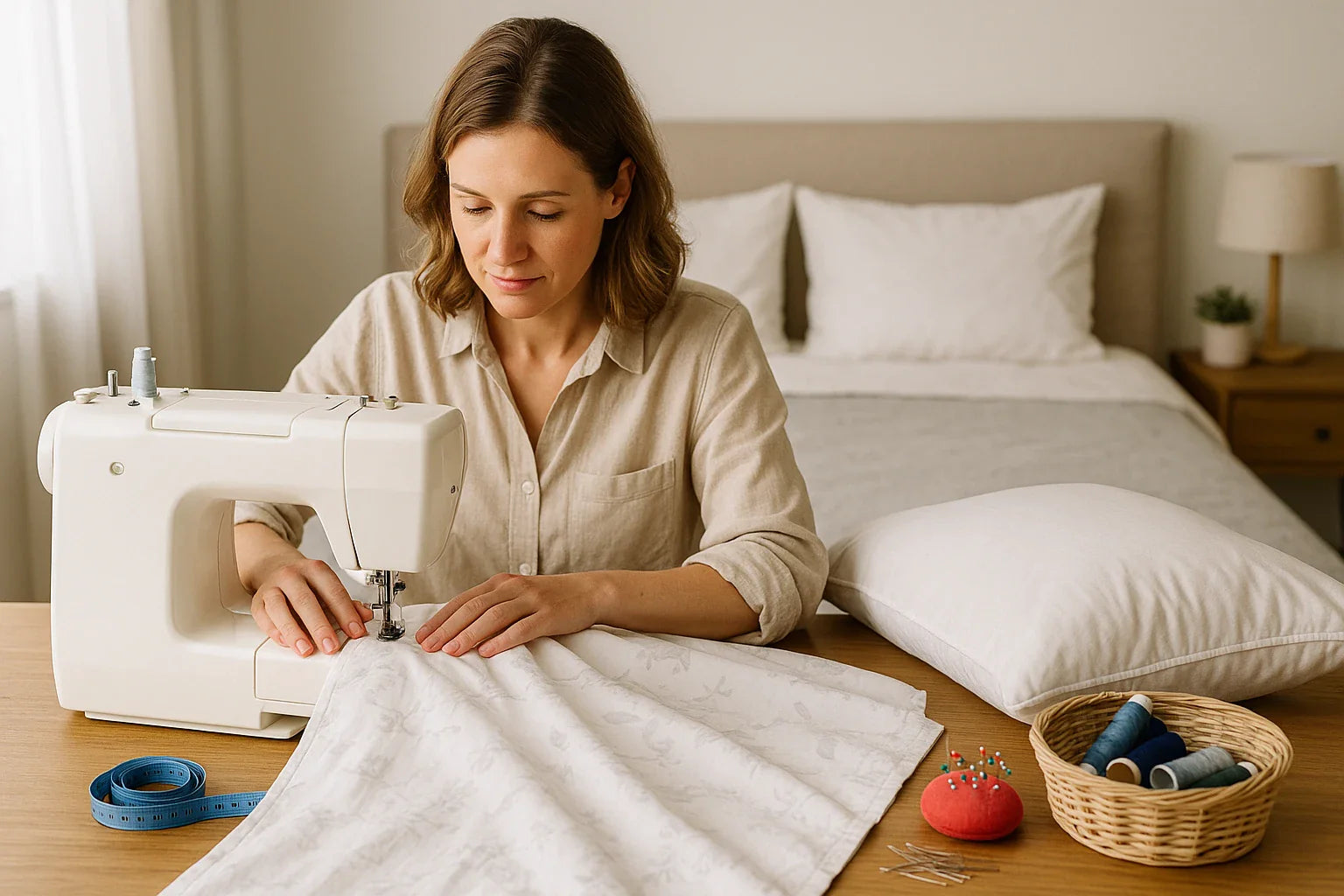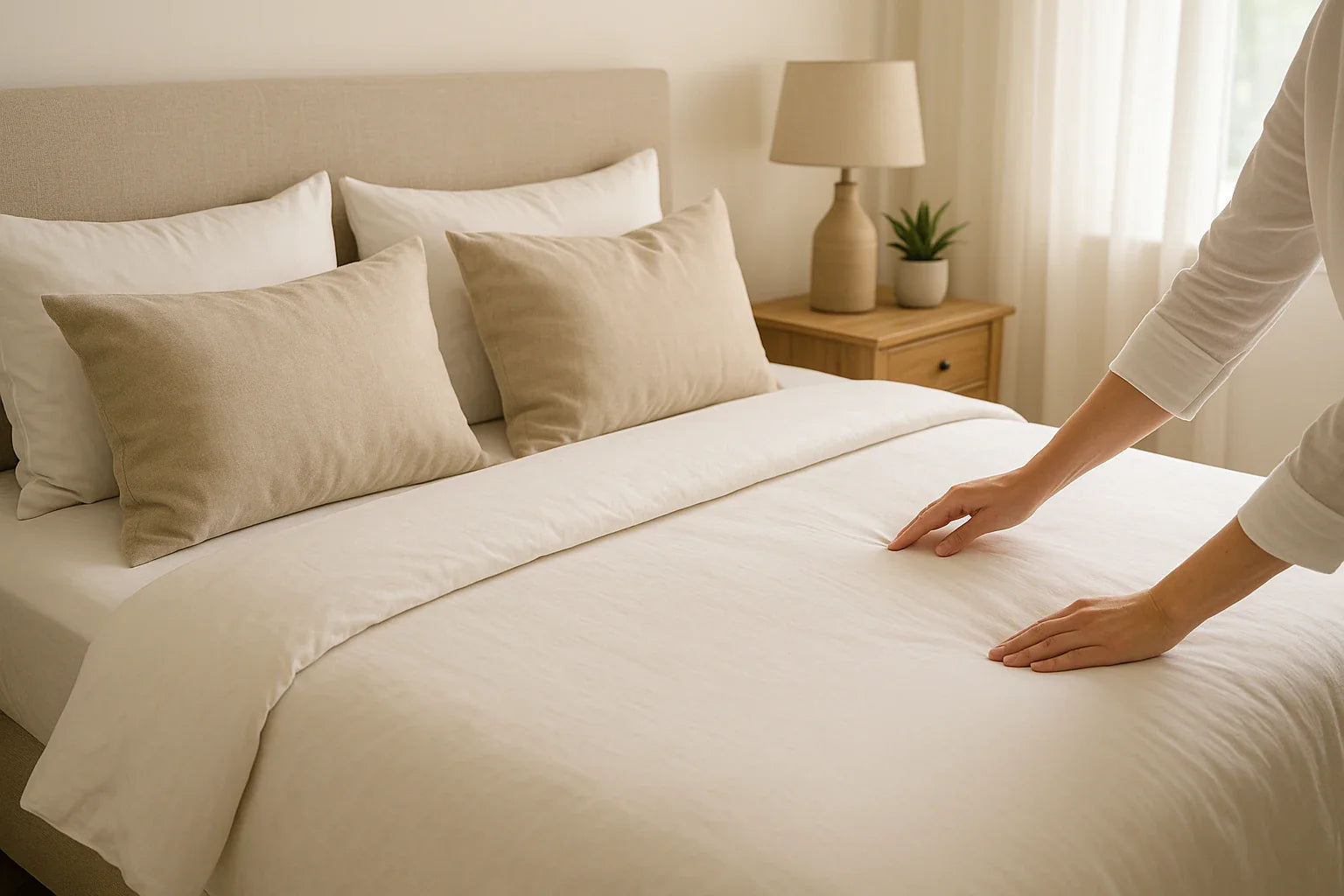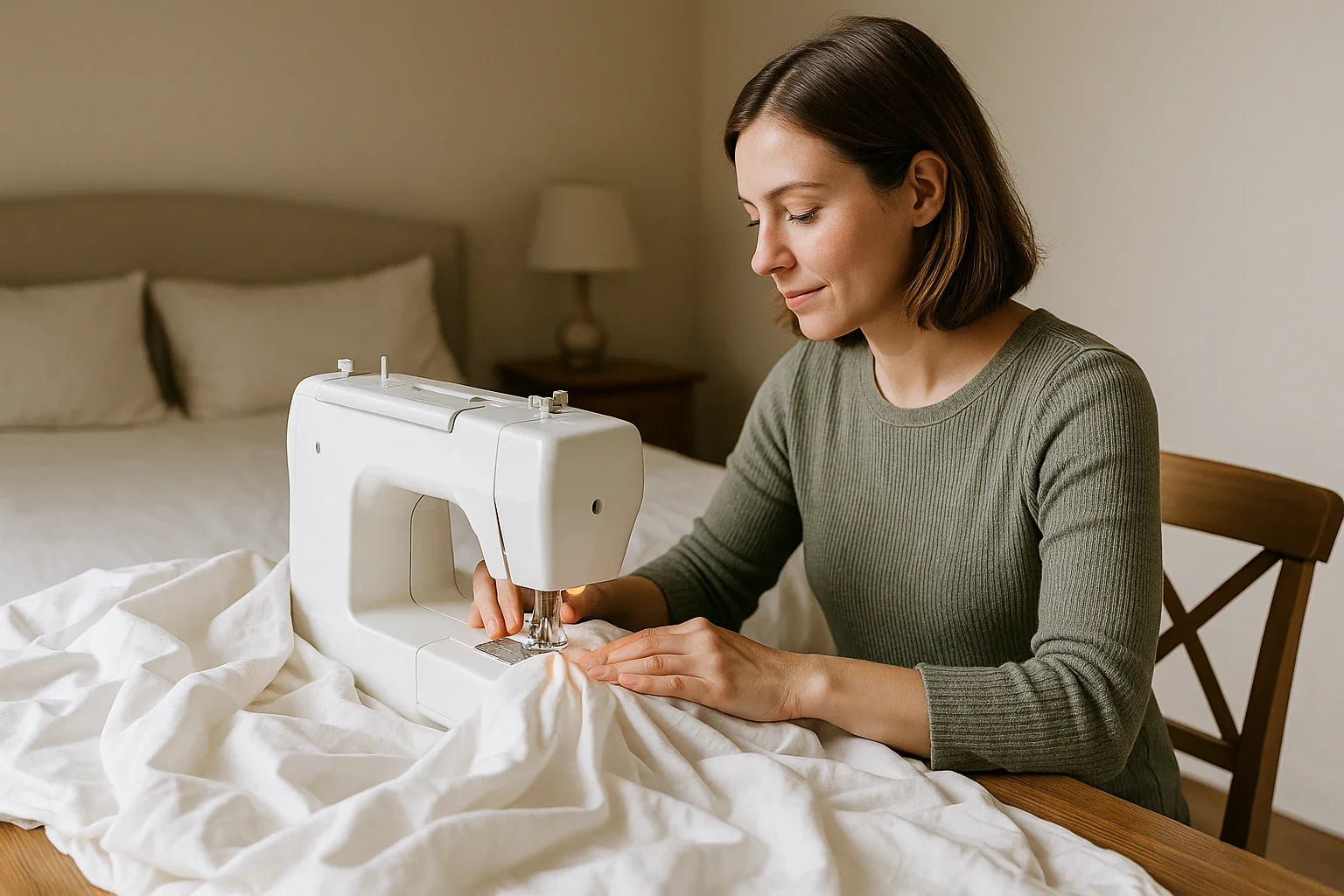When it comes to choosing the perfect blanket for your bed, the materials matter just as much as the style. Wool and polyester are two popular choices, each with unique benefits and drawbacks.
This article dives deep into the world of wool versus polyester blankets to help you decide which is best for your comfort and lifestyle.
Wool vs Polyester Blanket: A Detailed Comparison
When deciding between wool and polyester blankets, understanding the distinct properties of each material is crucial. Here, we delve deeper into their characteristics, benefits, and best uses to help you make an informed choice based on your personal preferences, climate needs, and lifestyle considerations.
Wool Blankets: Natural Comfort and Durability
Material Characteristics:
- Natural Fiber: Wool is a natural fiber that comes from sheep and other animals. It has a complex structure that traps air, making it naturally insulating.
- Breathability: Wool’s ability to breathe — to absorb and release moisture — is unmatched. This quality makes wool blankets excellent for regulating body temperature, keeping you warm without overheating.
Environmental Impact:
- Sustainability: Wool is a renewable resource, with sheep producing new fleece each year. It is also biodegradable, breaking down naturally at the end of its life.
- Energy Consumption: The production of wool is energy-intensive, but it often has a lower overall environmental impact compared to synthetics, especially if sourced locally and responsibly.
Health and Comfort:
- Hypoallergenic Qualities: Wool is resistant to mold, mildew, and dust mites, making it a good choice for allergy sufferers.
- Comfort Factor: The natural softness and warmth of wool contribute to its reputation as one of the most comfortable blanket materials available, especially in colder climates.
One million Americans are sleeping better with Puffy. Compare our award-winning mattress collection against other brands to learn why: Puffy vs Purple, Puffy vs Nectar, Puffy vs Casper, Puffy vs Leesa, Puffy vs Saatva, Puffy vs Dreamcloud, and Puffy vs Tuft & Needle.
Polyester Blankets: Practicality and Versatility
Material Characteristics:
- Synthetic Fiber: Polyester is a synthetic fiber derived from petroleum. It is designed to mimic the qualities of natural fibers but with added durability and resistance to various forms of degradation.
- Moisture Resistance: Unlike wool, polyester does not absorb moisture but dries very quickly. This makes polyester blankets easy to care for and suitable for use in damp environments.
Environmental Impact:
- Sustainability Challenges: Polyester is not biodegradable and recycling options are limited. The production of polyester also involves harmful chemicals and contributes to environmental pollution.
- Energy Consumption: The manufacture of polyester is less energy-intensive compared to natural fibers but has significant environmental drawbacks due to the use of fossil fuels and emission of greenhouse gases.
Health and Comfort:
- Allergy Considerations: Polyester is inherently hypoallergenic and does not promote bacterial growth, making it suitable for allergy sufferers.
- Comfort Factor: While newer technologies have improved the feel of polyester, it generally does not offer the same breathability or natural warmth as wool. However, its lightweight nature makes it a popular choice for summer blankets or in warmer climates.
Pairing a luxurious wool blanket with a Puffy Lux Mattress can transform your sleep experience by providing unmatched warmth and comfort. This combination is perfect for those chilly nights when extra coziness is needed.
Blanket vs Sheet: When to Choose Each
When to Opt for Wool:
- In Cold Climates: The natural insulating properties of wool make it ideal for use in cold environments where retaining heat is crucial.
- For Enhanced Sleep Quality: If you value a good night’s sleep with natural temperature regulation, a wool blanket can provide superior comfort and warmth.
- Eco-Friendly Preferences: For those prioritizing environmental impact, wool’s renewable and biodegradable qualities make it a sustainable choice.
When to Opt for Polyester:
- In Wet or Humid Climates: Polyester’s quick-drying characteristics make it suitable for areas with high humidity or for outdoor use where moisture exposure is likely.
- For Easy Maintenance: If you need a blanket that’s easy to wash and dry, especially in high-use settings like children’s rooms, polyester is highly practical.
- Budget Considerations: Polyester blankets generally come at a lower cost compared to wool, making them more accessible for tight budgets or where multiple blankets are needed.
In our family, we’ve experienced the benefits of both types of blankets. During our cold Northeast winters, the wool blankets are indispensable for their warmth and comfort. In contrast, the polyester blankets are perfect for our children’s rooms, where easy maintenance and durability are crucial due to frequent washing.
Using a lightweight polyester blanket over a Puffy Lux Mattress during the warmer months ensures comfort without overheating. The easy-care nature of polyester also makes it ideal for busy households.
Conclusion
Choosing between a wool and a polyester blanket depends largely on your personal needs, budget, and climate. Wool offers natural warmth and environmental benefits but at a higher cost and with more care requirements.
Polyester provides durability, ease of care, and vibrant designs at a more affordable price, making it a practical choice for many families.
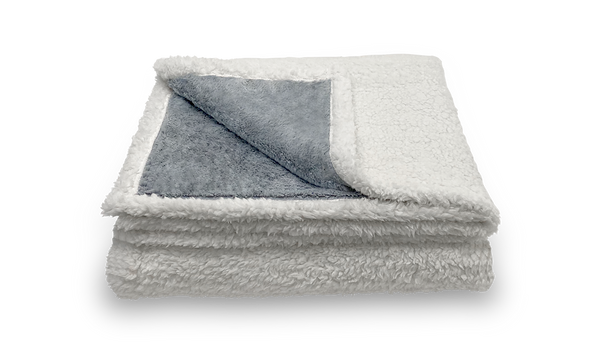
Enjoy cozy comfort with the Puffy Deluxe Blanket.
Sleep soothed with this ultra-soft, dual-feel blanket:
- Oeko-Tex® Standard 100 certified.
- Hypoallergenic.
- Lifetime warranty.
- 101-night sleep trial.
- Free shipping and returns.
